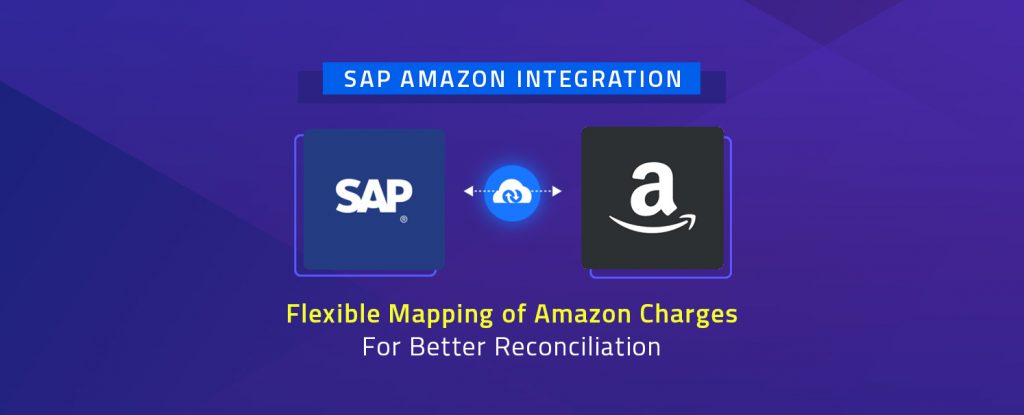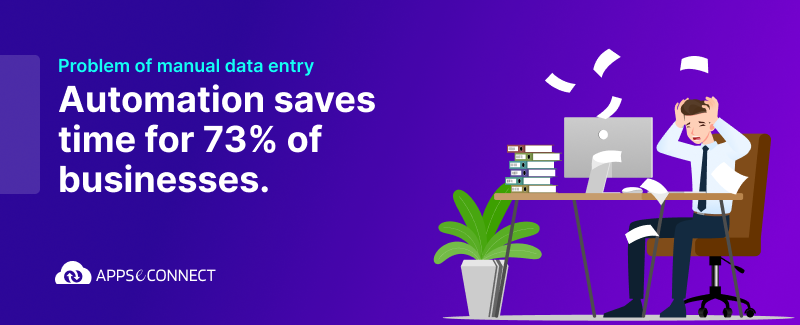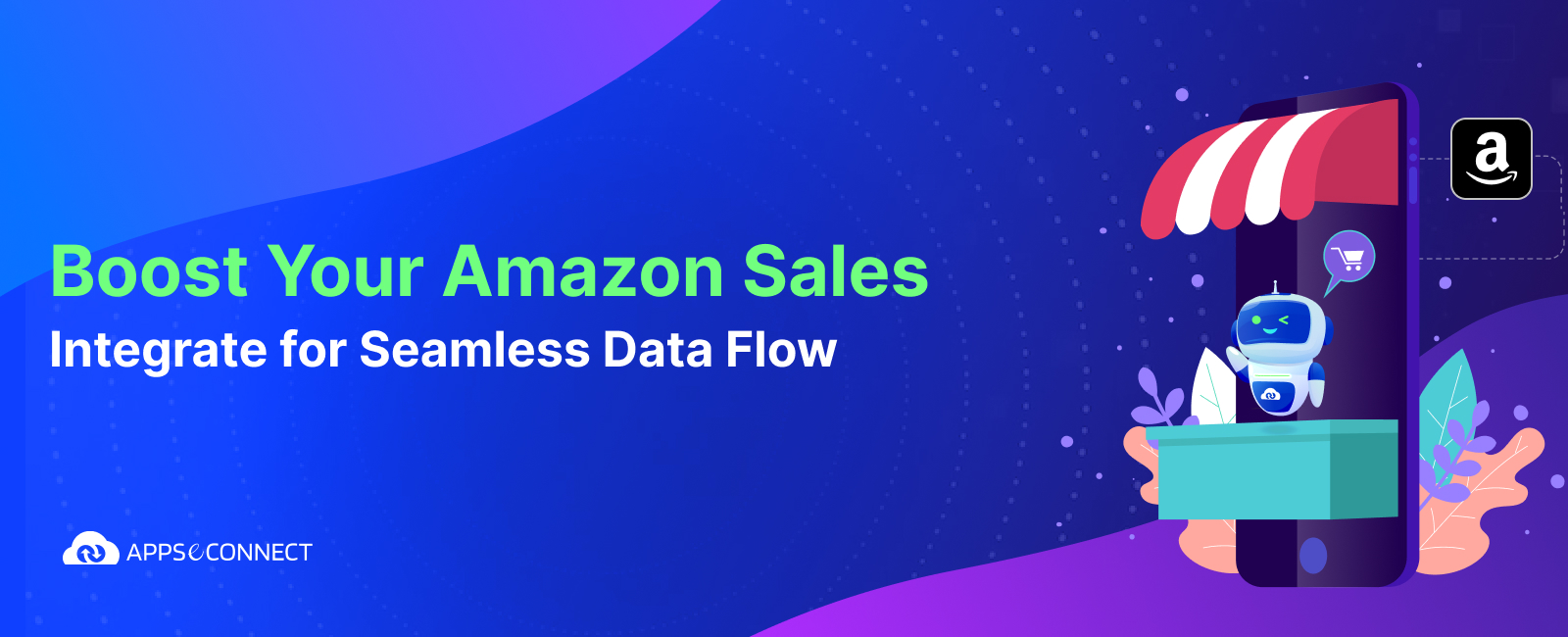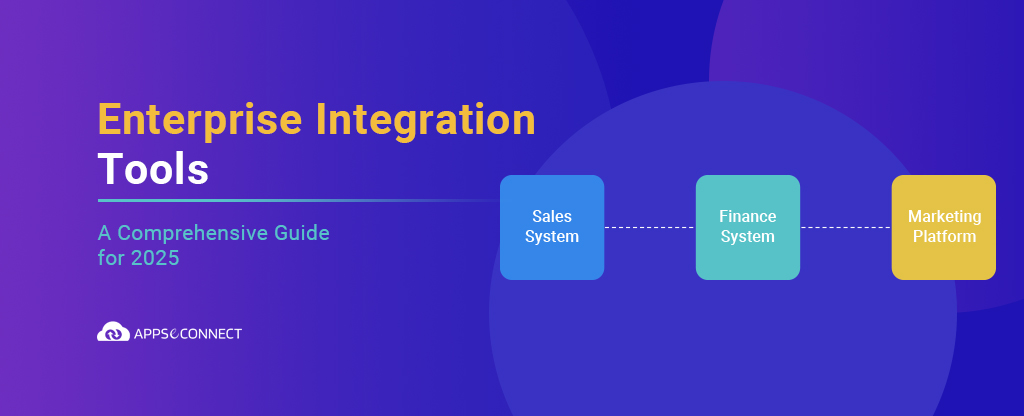Amazon has over 200 million Prime customers and 1.6 million active sellers. Companies running on SAP are increasingly looking at tapping marketplaces, especially Amazon. Integrating SAP with Amazon offers tremendous opportunities to these organizations. However, every opportunity comes with its share of challenges.
In this article, we will look at the problem of the reconciliation of payments from Amazon within SAP. We will also look at how APPSeCONNECT offers to solve this problem. The solution is offered as a base implementation of the software solution which has other components.
“People ask me what my predictions are for publishing and how digital is changing things and I tell them my only real prediction is that is it’s all changing. Amazon, Google and all of those things probably aren’t the enemy. The enemy right now is simply refusing to understand that the world is changing.”
Neil Gaiman
If you have SAP Business One / SAP ERP and Amazon running in your business, connect Amazon with SAP Business One and SAP ERP under one single platform to automate the business process and improve your productivity and efficiency!
Amazon Fee Types and Challenges in Financial Reconciliation
There are various fees Amazon charges the merchant. It is also dependent on the business model (FBA / FBM) as well as promotions applied. The merchants are paid periodically (usually every fortnight). The payout to merchants is one consolidated amount net of its fees, taxes, and other charges that may apply.
While reconciling payments, the following are the main challenges the merchants face.
- The volume of transactions/charges
Higher transaction leads to a case where the merchant needs to reconcile the payment at the individual order level. For a reconciliation period, if the merchant has 40,000 orders, the financial reconciliation runs into half a million line items considering that there would be 10 lines in the financial report on average per order. - Fee types also change with geographic clusters and can change with time
Amazon’s fee structure may change with time. A new fee type may be added. At times the contract and terms with Amazon may change. If the merchant is dealing in several clusters, the problem becomes even more challenging. - Orders and Non-order related charges
Many times there could be miscellaneous charges like warehouse handling charges. There could also be customer returns. Product damages if any by the end customer are reimbursed to merchants.
Due to the above reasons, it is important that SAP customers selling on Amazon must have a systematic way to deal with the reconciliation of payments.
Flexible Mapping of Amazon charges within SAP
APPSeCONNECT installation comes with inherent mapping of all Amazon fees to condition types with SAP. Following are the key highlights of the solution.
- APPSeCONNECT automatically populates cluster-wise Amazon charges with SAP. If a new charge type is encountered, it is automatically synced with the financial system.
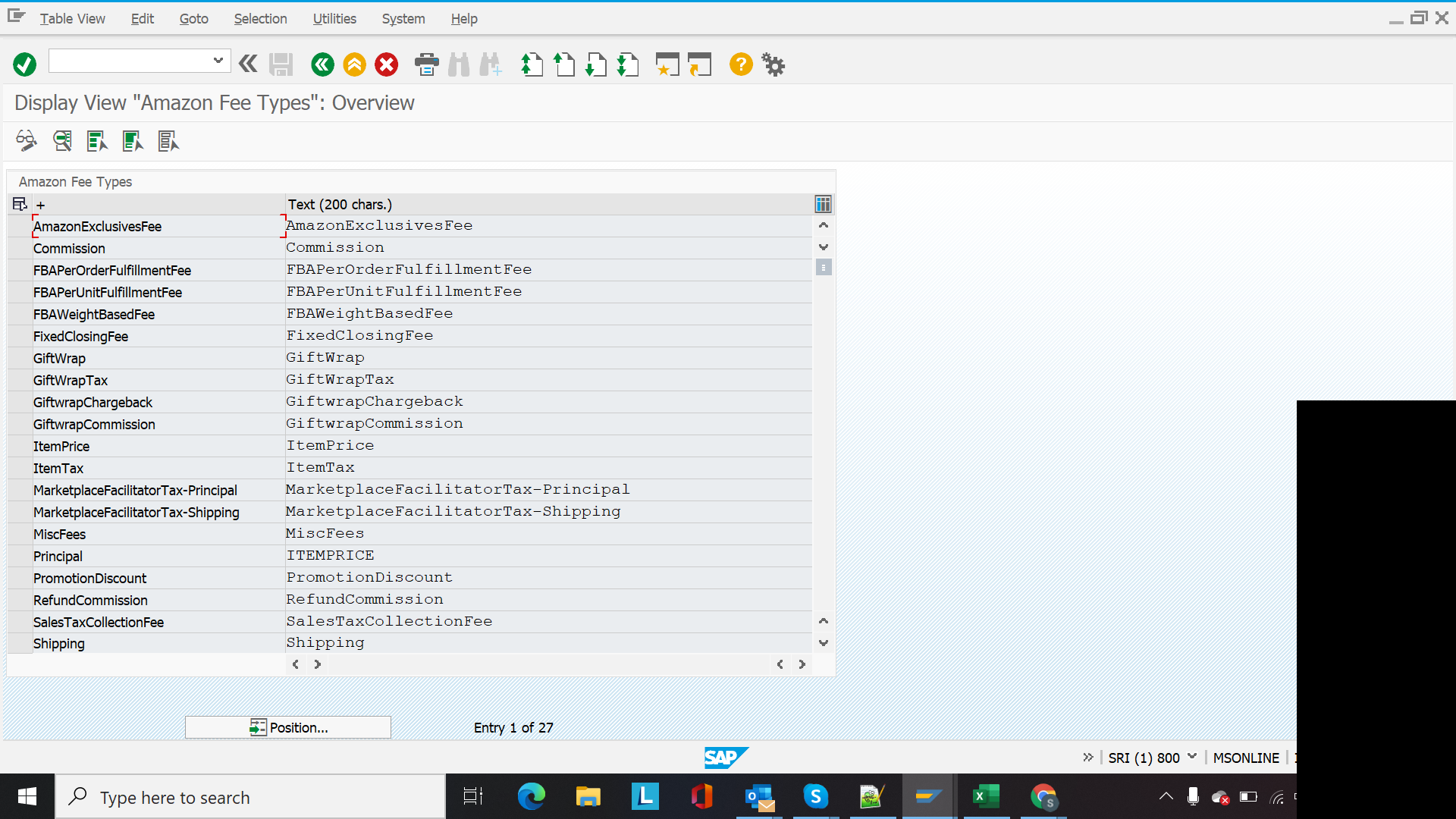

- One or more Amazon fee types can be flexibly mapped to a condition type in SAP. If multiple fee types are mapped to a single condition type, they will be summed at the time of the creation of Amazon orders in SAP. Fee types can be maintained/grouped into manual condition types in SAP. Every time an Amazon order is created, it will populate the respective condition type in SAP. Merchant will also see that in SAP against the order.
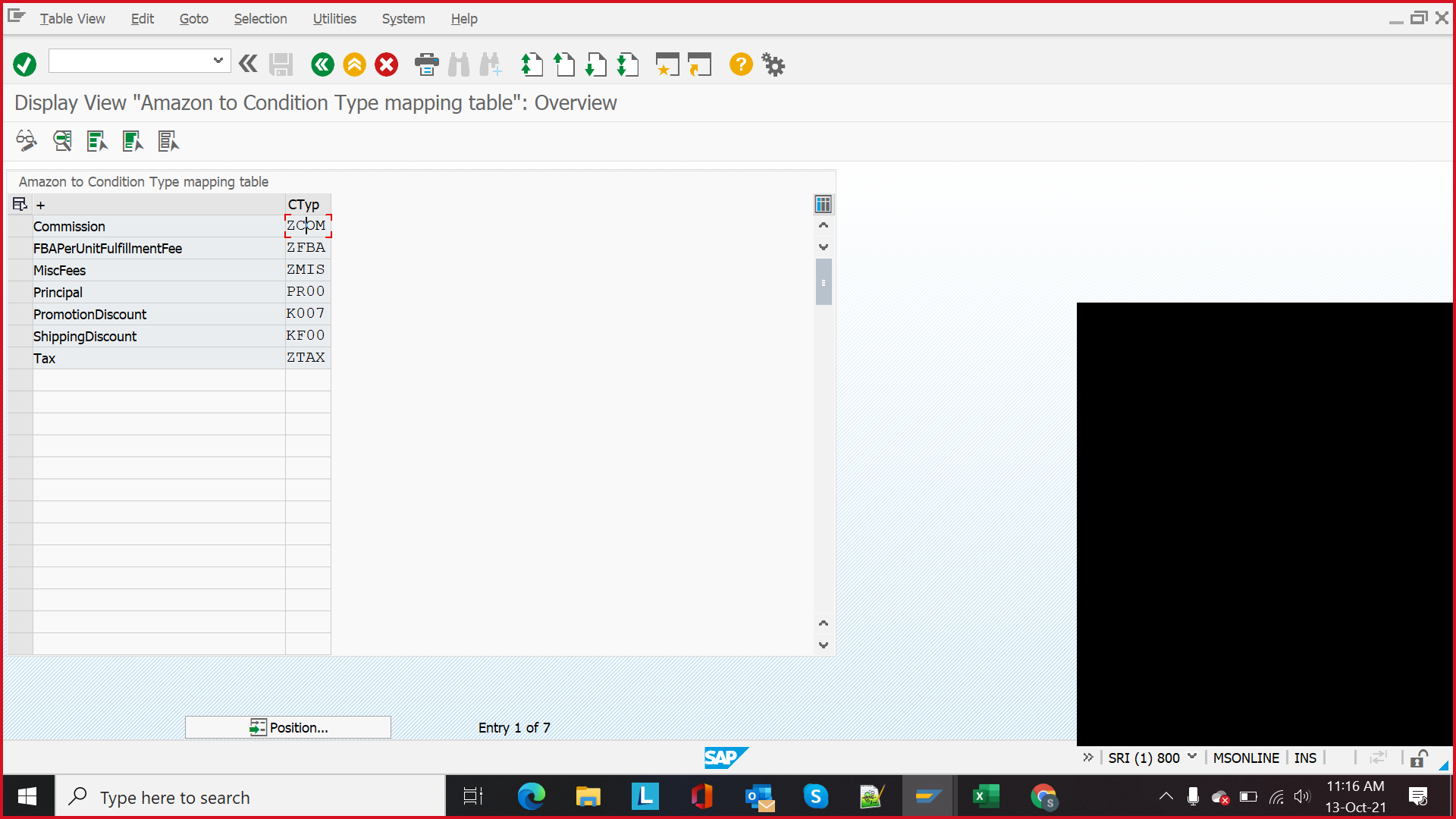
Below is an example of an Amazon order created with these condition types in SAP.
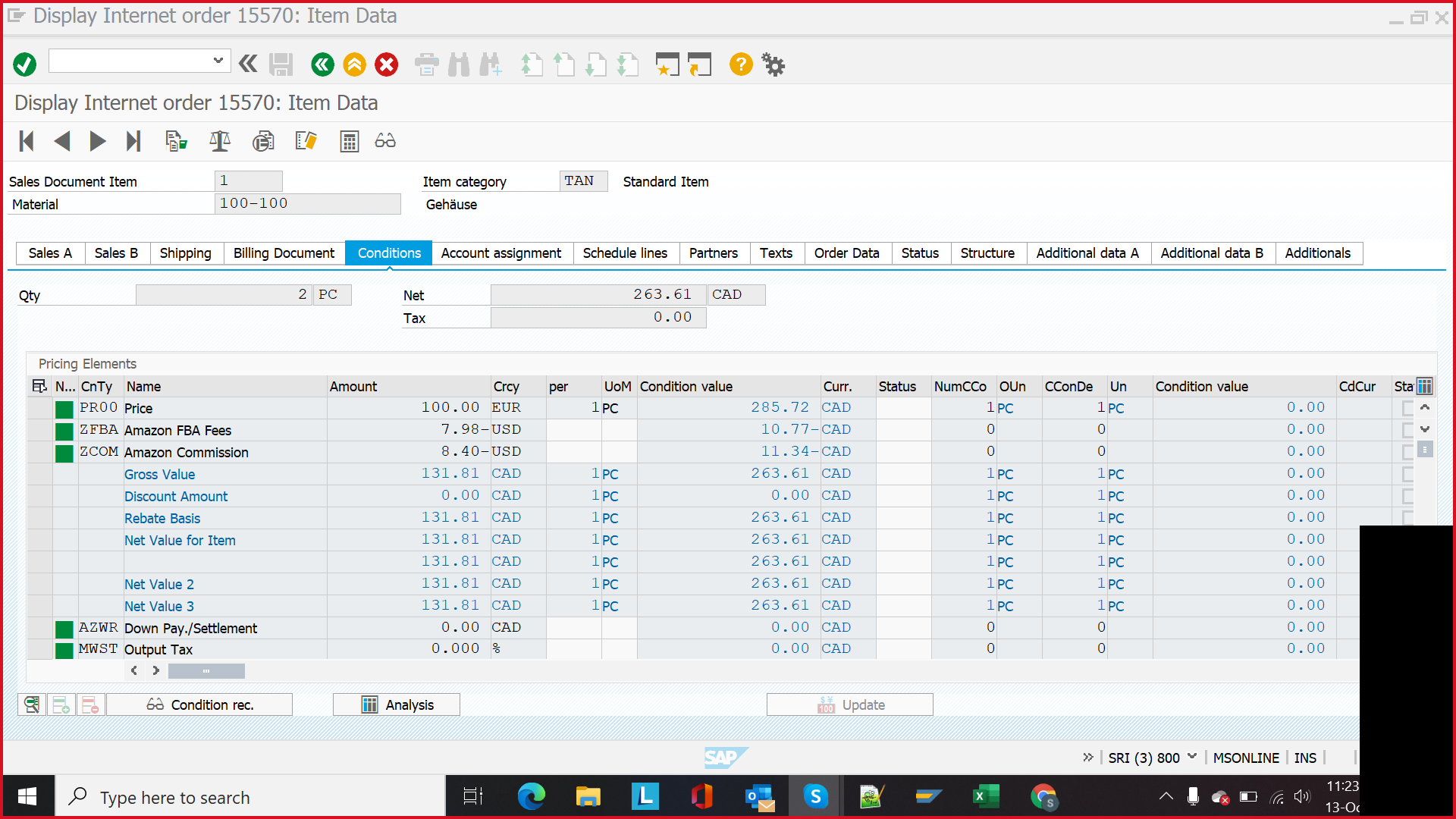
When the merchant receives a payment from Amazon, a reconciliation report in SAP shows how much is the expected payment versus the actual payment for the settlement period. It also helps merchants reconcile the difference easily.
Advantages of the solution
Leveraging APPSeCONNECT, merchants can record a financially detailed Amazon order within SAP. Following are the key advantages of the solution.
Faster reconciliation
The solution helps merchants to run a reconciliation report within SAP which highlights the differences leading to the gap between the actual and expected payment. In case further investigation leads to a mistake on Amazon’s side, the same can be raised as a case with them.
Operation Scaling / Geographical expansion
The solution also enables the merchants to expand their operation geographically and scale it without having to worry about operational challenges.
Adherence to local regulations
Whenever Amazon adds a new fee type, the solution automatically captures the same within SAP. With a simple table maintenance record, the organization can comply with the local regulations across clusters.
Conclusion
Leveraging Amazon integration, companies can have tremendous business savings and reduce the manual burden of having to do financial reconciliation. More importantly, they can gear up for growth without having to increase back-office strength.
If you have SAP Business One / SAP ERP and Amazon running in your business, connect Amazon with SAP Business One and SAP ERP under one single platform to automate the business process and improve your productivity and efficiency!


